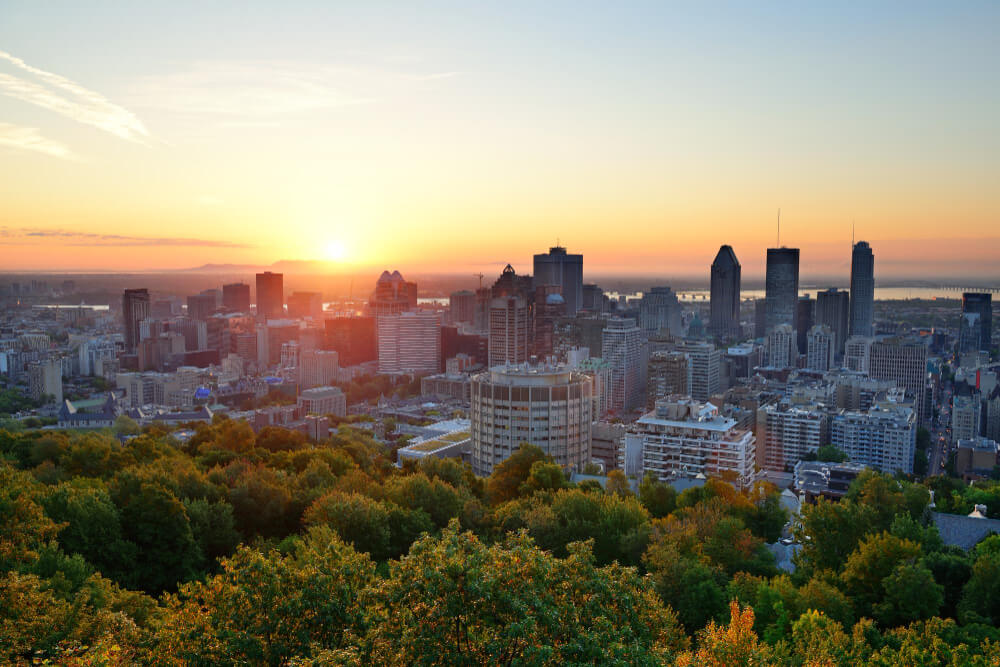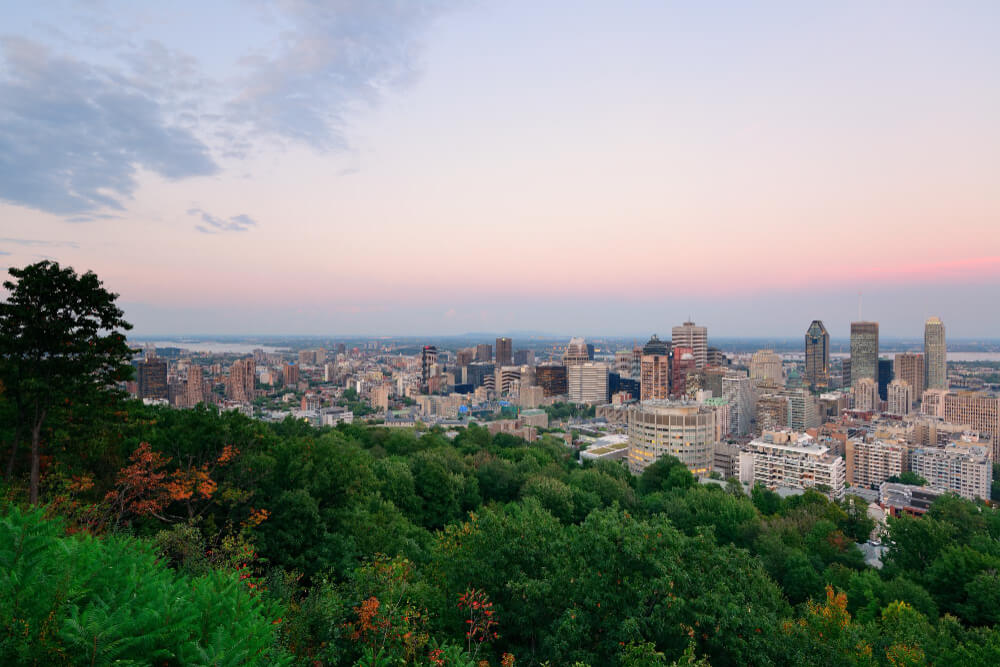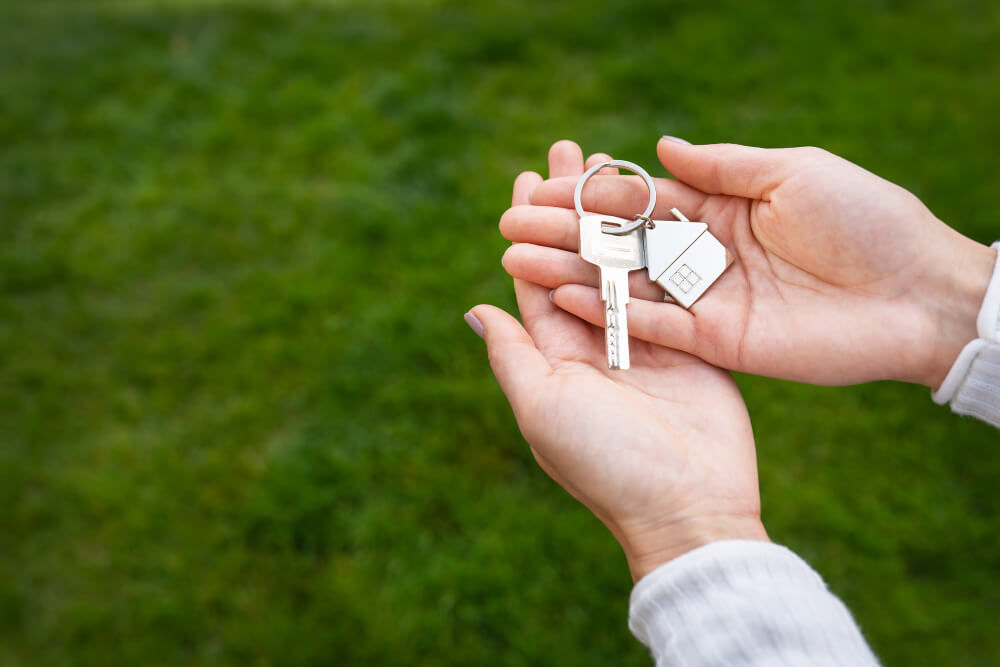Choosing Your Next Home in Montreal
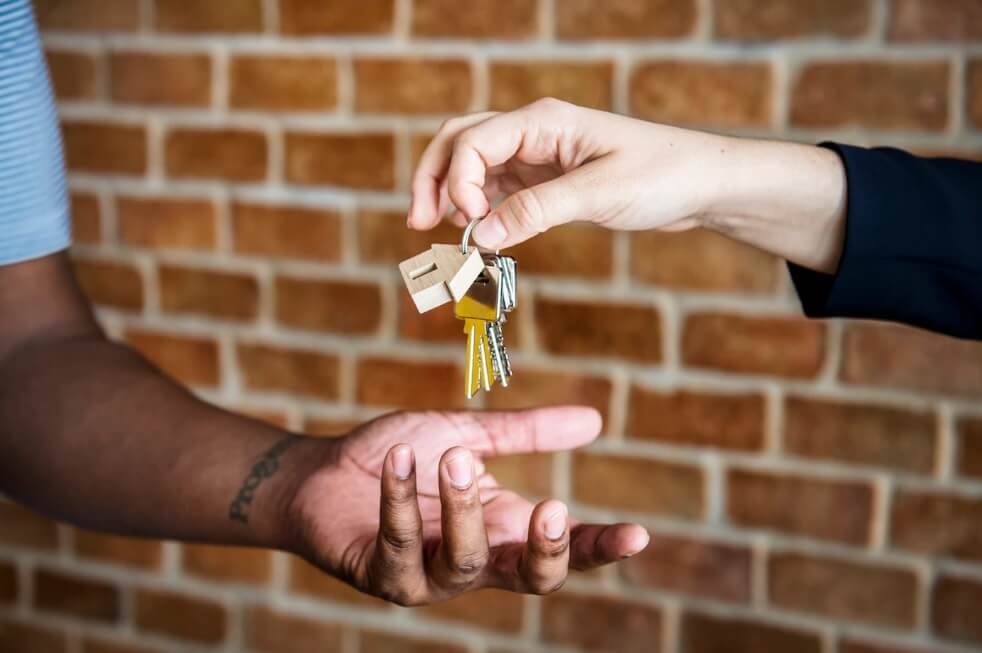
Moving and finally putting an offer on a home can be very exciting and emotional events in your life. Especially in such a beautiful city like Montreal! Where you will live is one of the most important considerations you will make when starting your house hunt.
It’s time to choose your new neighborhood once you’ve decided where to put your new house. It might be difficult to choose your new neighborhood, especially if you have a family. It’s crucial to pick an area with amenities for everyone that is safe.
The team at Connectimmo have put together a list of things to look out for when house hunting!
1. Safety
When seeking to buy a home, the safety of the community is crucial, especially if you have children. To help you determine if an area seems secure or not, consider the following factors:
Crime statistics – Every location can occasionally have criminal activity, so don’t let this stop you from looking in certain areas. However, if you check the municipal website for crime complaints or get in touch with local police enforcement and see a lot of activity, it might be a warning sign.
Neighborhood watch – Is there a local neighborhood watch association? Even while it might not be a deal-breaker, some families appreciate this. Inquire with the local police or a resident. A street sign denoting a neighborhood watch may also be present.
Street lighting – Having enough street lighting may make an area feel safer.
Talk to your neighbors – If you notice someone raking leaves, mowing the yard, or just getting the mail, introduce yourself and mention that you might be considering relocating there. You can ask the locals if they feel the neighborhood is secure.
Of course, there are other methods to assess a neighborhood’s safety than these. And you must always believe in your gut. Continue looking for the area that gives you a sense of security if anything doesn’t feel right. It’s a good idea to spend time in a community you’re considering.
2. Commute Time
Distance counts if you have a daily commute to work. Additionally, time and distance aren’t necessarily equivalent, as many commuters are aware. Therefore, if you live in a suburb 20 miles outside of town, driving to and from work may take you an hour or longer.

It’s crucial to think about where your workplace is in relation to your residence, especially if you want to have a short commute. Look into alternative modes of transportation, such as metro transit buses or light rail, if driving oneself is not an option or something you would want to avoid.
Doing a trial run during peak hours is the best method to determine whether the commute time is manageable. Drive to work during morning rush hour from your preferred neighborhood. You may then estimate how long your everyday commute would take.
3. Schools
It goes without saying that schools can affect a home’s value. The quality of the school district may have a direct influence on your home’s resale value.
Finding a well-performing school district is something many families prioritize when looking for the ideal place to live, regardless of whether you intend to have children soon, you just had your first child, or you currently have a few children in school.
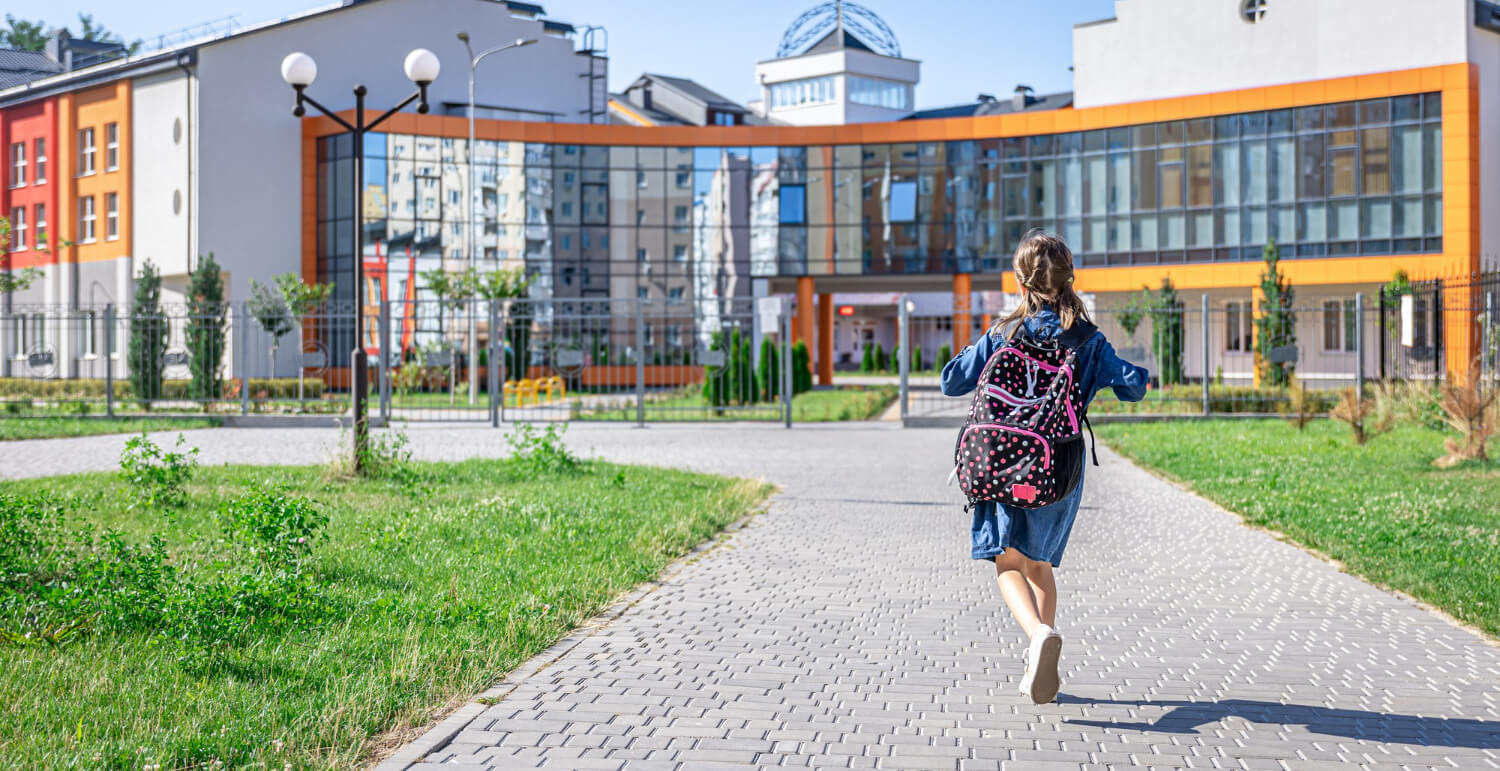
There are other factors to consider if you have children who will be attending the neighborhood school outside the specifics of your school district or neighborhood school. Call the school and request a tour, speak with your neighbors, or go to a PTA meeting.
4. Local Establishments & Retail
Life without food, medicine, or amenities would be impossible. If convenience is essential to you, you might want to think about picking a place close to where you’ll be doing most of your errands. Unless, of course, you’re looking at a remote area.
Draw a map showing the location of the neighborhood in relation to the closest supermarket, department, and drugstore. Are they easily accessible nearby? Are you going to hate making a trip to the store? And make sure you research the stores you like.
5. Recreational Activities
Regardless of what stage of life you’re in, you should make sure the local recreational offerings suit your way of life.
Perhaps you’re looking for nearby cycleways so you can get on your bike on a Saturday morning and go for a ride instead of packing up the vehicle and traveling elsewhere to cycle. Or perhaps you want a pool close by where your kids can practice swimming.
Find a place that best suits the way you wish to spend your leisure time. If you know you’ll be spending a significant portion of your free time participating in a certain activity, try to live in a community that encourages it.
6. Nearby Parks, Walking Paths, or Dog Parks
Even if you’re seeking to buy a house in the wintertime, it’s still crucial to look at the neighborhood’s outdoor amenities. You might want to think about driving or walking around the neighborhood to look for anything like:
Sidewalks – The presence of sidewalks makes an area more pedestrian-friendly, although this may not be a deal-breaker for you. You have the safety of a sidewalk instead of riding or walking on the road where automobiles are traveling.
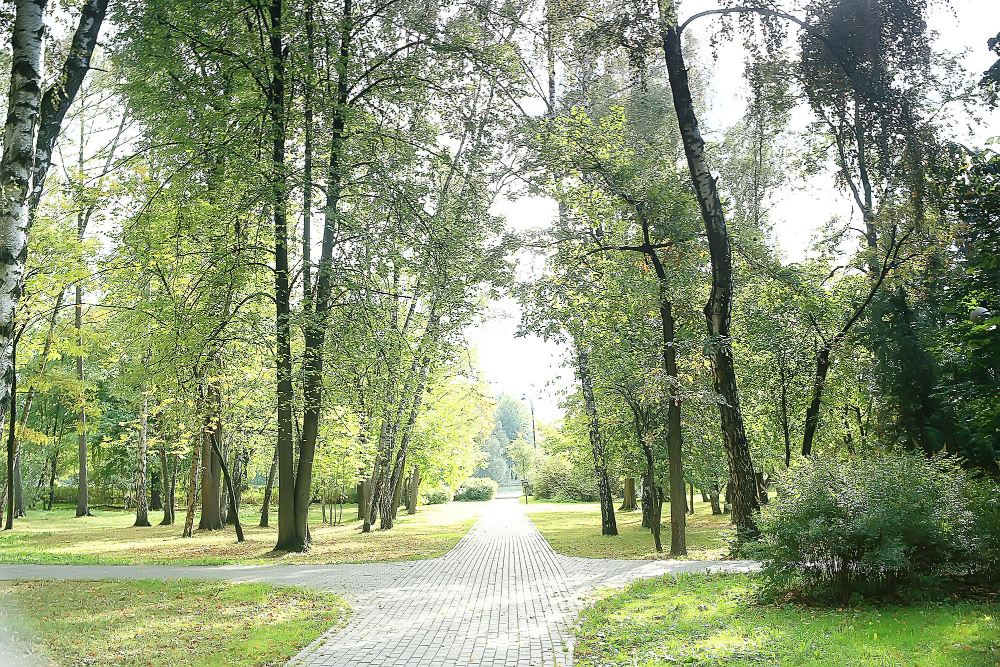
Parks – is the park accessible on foot? Is there a short drive there? What facilities is the park equipped with? If you wouldn’t go there, it could not matter to you or it might discourage you from purchasing a home there.
Walking paths – Maybe you stroll with your family after dinner or take your dog for a walk every morning before you go to work. Look around for walking paths nearby or get a map of the city’s trails.
7. Walkability
Does the neighborhood you’re thinking about have sidewalks? You might not think to check for it right away. strolling paths? crowded streets with enough crosswalks?
Walkability is important if you want to live somewhere that is active. Because they allow for pedestrian movement, sidewalks actually increase community safety. If you have a dog that requires daily walks or young children who will be travelling,
Living someplace pedestrian-friendly is essential, whether it’s to the park or a friend’s house close by.
Your lifestyle is something else to think about when it comes to walkability. Are nearby public parks, trails, or other areas accessible by foot? Having businesses around that are simple to get on foot might be a huge bonus when choosing a neighborhood, depending on your interests.
8. Public Transportation
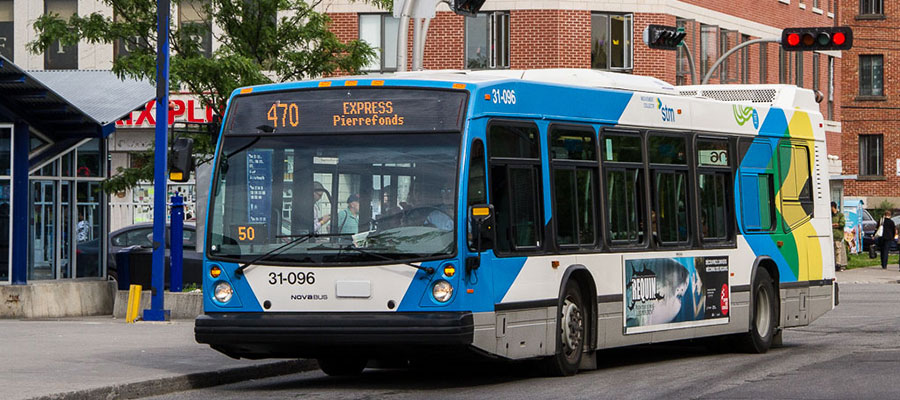
Accessibility to public transportation will be crucial if you use it as your main mode of transportation. It is worthwhile to spend some time looking into the local transit systems to get as much information as you can and make sure you have easy access to your desired destinations.
Conclusion
The same qualities that attract people to a community can also increase demand for (and prices) properties there. If this occurs to you when you are looking for a property, you might need to step back and reconsider your strategy. Prioritizing your “must-haves” when you are looking for a property can make the decision-making process much smoother afterward. Along with working with your realtor, you should learn about the local housing market’s level of competition. Are individuals in that neighborhood waiting months, a year, or longer to buy homes?
It’s important to decide if you love the area or the house. You have a few alternatives if the property is too expensive in the neighborhood you adore. You might start by looking for a smaller house in the neighborhood that you can afford. If that isn’t an option, you may also review your list of “must-haves” to see if there are any features, you’re prepared to sacrifice in order to find a house in that area.
Be sure to take your time looking and don’t be shy about asking questions, talking to neighbors, and driving about the neighborhood. When making a significant decision, such as where to purchase a home, you want to feel secure and at ease.
Share
